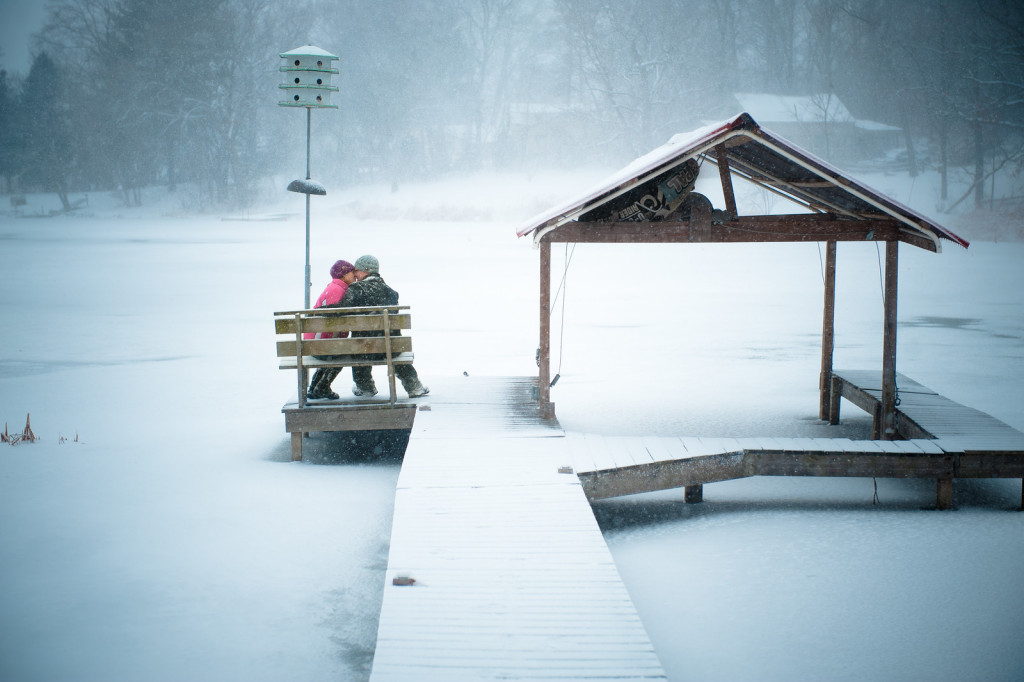Photography tips for cold days
Planning on some cold day jaunts with your camera? There’s plenty of cold weather advice on the web, but the in-house landscape adventurers at SmugMug, the world’s largest independent photo sharing website, offered to share some of the more practical tips to help you stay focused on having a good time. From one photo lover to another, it’s about getting the shot and having fun – not freezing your fingers off.
Here’s what they said.
1) Keep Those Hands Warm
Your hands are the second-most important part of you in photography (after your eyes), so treat them well. There are many kinds of gloves that keep your appendages toasty while still giving you tactical function: traditional, fingerless, convertible mitten/glove, or just regular gloves that you remove to hit the shutter. Go to the shops, try them out, and find what works best for you and your shooting style. As a bonus, get a couple of chemical hand-warmer packets and throw them into your pockets.
2) Hold Your Breath
It’s fun to exhale plumes of smoke like a dragon in winter, but you probably don’t want this getting into your shot. If it’s frosty out and you’re trying to capture clear, pristine views, hold your breath when you hit the shutter to be sure you’re not polluting the pic!
3) Bag It! (Your camera, that is)
Your house is significantly warmer (and damper) than the naked outdoors, and this can wreak havoc with your camera when you come inside. When you’re finished shooting, try sealing your camera in a plastic bag, pack it away, and wait for it to come to ambient temp after you get inside. Why? A cold camera in a warm room can cause moisture in the air to condense into water droplets, which is a risk your inner electronics probably don’t want to take.
4) Beware the Tripod
Given how tripods are a bit of an investment, we don’t recommend that you go out and buy a new one just to shoot in the cold. But if you are shopping for one and plan on doing a lot of winter landscapes, certain materials like carbon fibre don’t get as cold when you grab them. The last thing you need are sweaty palms that get you stuck when you’re packing up! If you do have a traditional metal tripod, try wrapping the legs with insulating fabric where you grab them, or cover the parts closest to the ground in plastic to prevent salt, water, and other damage.
Way-over-the-top tip: If you’re super hardcore, wood tripods are a great compromise between cold resistance and vibration stabilization. It’s not likely you’ll be spending your winter standing in icy rivers, but if you were, we hear wood is the way to go.
5) Plan Ahead
If you know what you’re doing, you’re less likely to scramble. And this is especially important in uncomfortable situations like bone-freezing cold, so plan your shoot as best you can. Scout the location, check the weather and sunrise/sunset times, keep cables and cards within reach, and have an idea of the final image so you bring just the gear you need. The less time you spend switching lenses or moving around, the more time you can spend focusing on your shot. (Plus, it’ll probably be dark.)
6) Thaw Properly
When you’re done, don’t forget to come indoors and sip a hot chocolate while you edit, upload, and share your photos. We’ll argue that this is the most important step of all. Stay warm and creative this winter!
All photos courtesy of SmugMug

